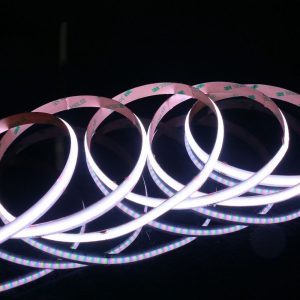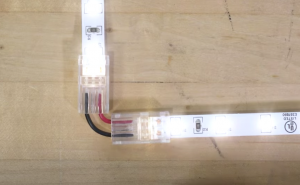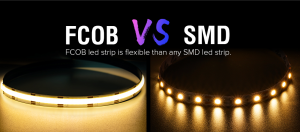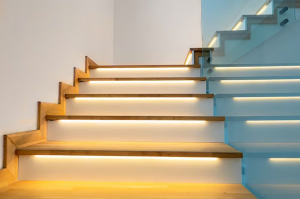There are two main methods for testing the luminous flux or lumens of LED lights – using an integrating sphere or using a goniophotometer. These two methods can produce quite different results for the same LED lamp. In this article, we’ll explore the key differences between LED lumen testing with an integrating sphere versus a goniophotometer.
An integrating sphere is a quick and easy way to measure total luminous flux. A photometer takes a reading within the sphere, which integrates light in all directions from the LED source. However, this is a relative measurement requiring a calibrated standard light source similar to the LEDs being tested. Errors can occur if the spatial distribution varies between the standard and test sources.
In contrast, a goniophotometer directly measures light intensity across many angles, calculating total flux without a standard reference. This makes it an absolute measurement method. While more time consuming, a goniophotometer test can provide higher accuracy, particularly for directional LED sources like panel lights.
The shape of the LED fixture plays a role as well. Integrating spheres work best for omni-directional sources like bulbs, delivering optimal results for beam angles over 180°. Directional lighting under 180° is better measured with a goniophotometer and darkroom setup tailored to the test LEDs.
Additionally, goniophotometer testing allows choosing between Type C rotating arm or Type B fixed arm configurations. Type C is recommended for streetlights and spotlights, while Type B works well for large LED panels. The darkroom also provides a controlled testing environment.
In summary, integrating spheres offer faster and simpler LED lumen measurement for omni-directional products. But goniophotometers give more precise results for directional lighting through absolute photometric measurements. Consider beam angle, fixture shape, and desired accuracy when determining the best test method.
Both techniques have a role in LED testing. Understanding the principles and differences allows selecting the optimal approach to meet the needs of specific lighting measurements and industry standards. With the right methodology, accurate and consistent LED lumen values can be obtained.









